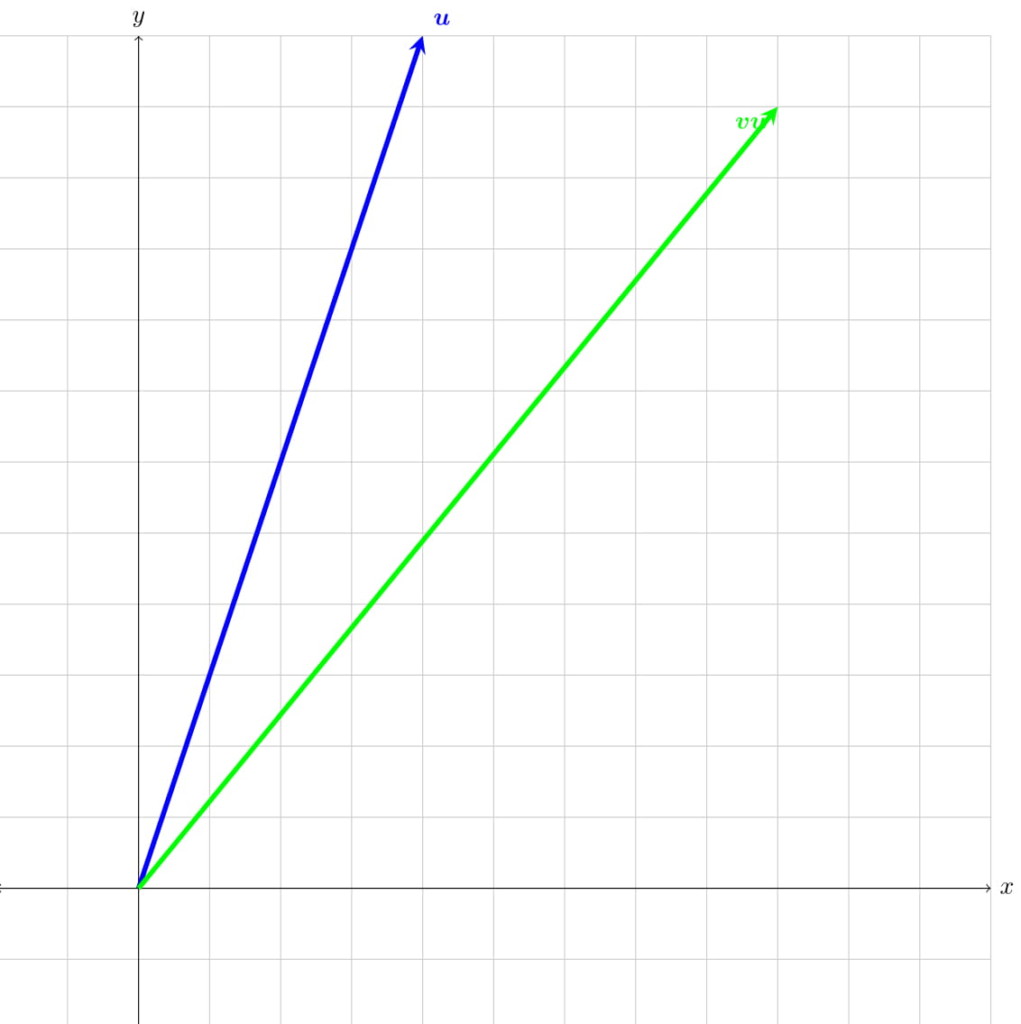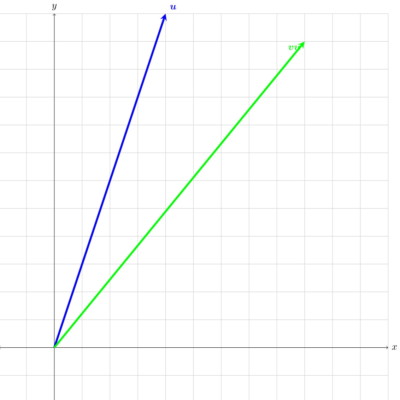Vector Space-
A set V is called vector space on which two operations are defined.
1- Vector Addition
2- Scalar Multiplication
Further, vector addition must follow the following properties and laws for vector addition.
1- Closure Property
If u and v are two vectors in V then u+v must be in V.
2- Commutative Law
u+v must also be equal to v+u i.e u+v = v+u
3- Associative Law
If there are three vectors u, v and w then
(u + v) + w = u + (v + w)
4- Existence of Additive Identity
V must have additive identity 0 for which v+0= v and 0+v=v
5- Existence of Additive Inverse
There must be additive inverse -v of v such that v + (-v) = 0
In addition, vector addition must follow the following properties and laws for scalar multiplication.
6- Closure Property-
If x in F is a scalar and v is a vector in V, then x.v must be in V.
7- Distributive Law-
If x is a scalar in field F and u and v are vectors in V, then
x . (u + v) = x.u + x.v
8- Associative Law
If x, y are in field F and v is in V then
(xy) . v = x. (y.v)
9-Existence of Multiplicative Identity
If v is a vector in V and 1 is identity in F then
v.1 = 1.v = v
10- Existence of Multiplicative Inverse
If v, u are vectors in V and, the u is called multilicative inverse of of v
if v.u=u.v=1
Linear Transformation
If U and V are two vector spaces over vector field F and T is a transformation from U to V i.e
T: U->V. T is called linear transformation if it follows the following properties.
1- T(u+v) = T(u) + T(v)
2- T(xv) = x T(v)
Where u and v are vectors and x is a scalar.
Note- This topic is very important in machine learning and data science in field of data transformation and preprocessing techniques.

